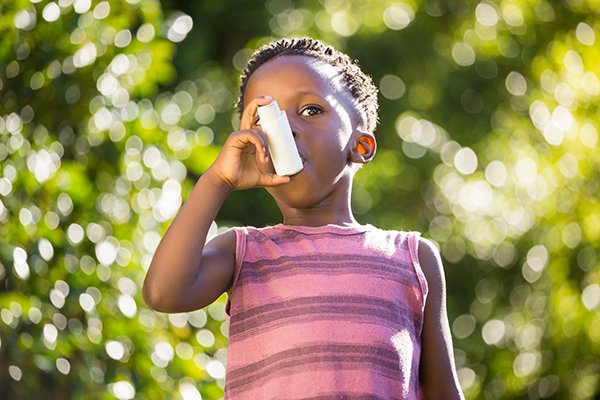
Black and Latino children with asthma in the Finger Lakes Region are four times more likely than their white peers to wind up in pediatric emergency rooms, according to a new issue brief on pediatric asthma from Common Ground Health.
Researchers also found that in 2012, kids living in our region’s poorest ZIP codes were 10 times more likely than those in the wealthiest ZIP codes to wind up in the hospital due to asthma.
The analysis is based on state Department of Health data on patient visits to hospitals and other treatment centers.
By identifying children most at risk, public health officials can focus interventions, reducing preventable pediatric asthma hospitalizations.
The good news is that children under the age of 5 in the nine-county Finger Lakes region were 62 percent less likely to experience potentially avoidable hospitalizations than children nationally.
“The data suggest that overall asthma may be better managed in younger children in this region than nationally,” said Albert Blankley, director of research and analytics with Common Ground Health. “However, many groups of children in our community experience significantly higher rates of serious asthma complications than the region as a whole. We need to target interventions to reach them.”
The data show that resources should be focused on children who are younger than 10, are African American or live in high poverty neighborhoods, which have been shown to have more environmental irritants, such as air pollution, secondhand smoke and insect infestation.

Lack of access to asthma specialists can also drive poor outcomes in low income ZIP codes. A recent Common Ground Health analysis of health care access found that children with asthma living in five high-poverty ZIP codes in Rochester were 71 percent less likely to have seen an allergist or immunologist than children in the rest of the county.
To address these concerns, the brief suggests following best practices for pediatric asthma management, which include prevention via long-term control medication, treatment with broncho-dilating agents, and removal and management of asthma triggers.
A basketball-focused asthma intervention might be helpful locally, according to the brief. The “Healthy Hoops” initiative from Keystone Mercy in the metropolitan Philadelphia area teaches children and their families proper nutrition, exercise and appropriate medication use. It also provides health screening, individualized asthma action plans and exercise and health education to achieve healthy childhood weights.
The “Healthy Hoops” program operates in 20 states and cities, with the closest location being in Erie, Penn.
“A program like this that is fun and effective might help address local disparities in asthma control,” Blankley said.

